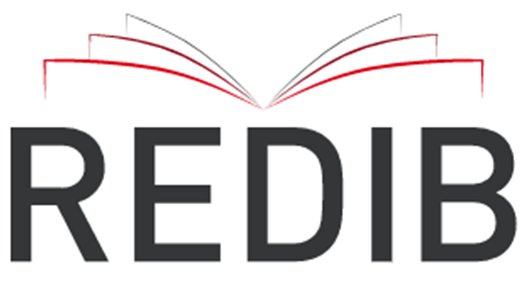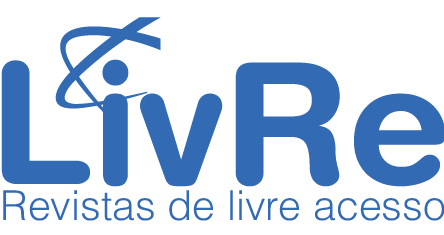The process of demarcating indigenous land and the ancestral territories: the Kaingang Kógũnh Mág retaken in Canela - RS
DOI:
https://doi.org/10.5016/geografia.v49i1.17558Abstract
The process of demarcating indigenous land is a matter that raises a lot of controversy. Indigenous peoples never gave up on their territory, and several groups started independent movements aiming the demarcation of their land, how the Kógũnh Mág retaken, whose goal is to demarcate the Kaingang territory around FLONA de Canela. The activities were performed first on the field and bibliographical survey, with subsequent systematization in the office. The organization of the results was performed using a research technique known as content analysis, with three basic steps: pre-analysis, codes and data categorization, and analysis and interpretation of categories. This research shows that demarcation of indigenous land, even by following a colonizer’s restrictive territorial view, was a process consciously assimilated by indigenous peoples, a strategy to re-establish, strengthen, and build territorial bonds, in which a new territoriality rises around the retaken of indigenous land.
Keywords: Kaingang People; Kógũnh Mág Retaken; FLONA de Canela; Indigenous Land; Territorial Bonds.
Downloads
Published
Issue
Section
License
Copyright (c) 2024 GEOGRAFIA

This work is licensed under a Creative Commons Attribution 4.0 International License.
The authors maintain the copyright and grant GEOGRAFIA the right of first publication, with the articles simultaneously licensed under the Creative Commons BY 4.0 License, which allows sharing and adapting the articles for any purpose, as long as appropriate credits and provisions of image rights, privacy or moral rights. Other legal attributions can be accessed at: https://creativecommons.org/licenses/by/4.0/legalcode.en.
Geography, Rio Claro, SP, Brazil - eISSN 1983-8700 is licensed under the Creative Commons BY 4.0 License.





